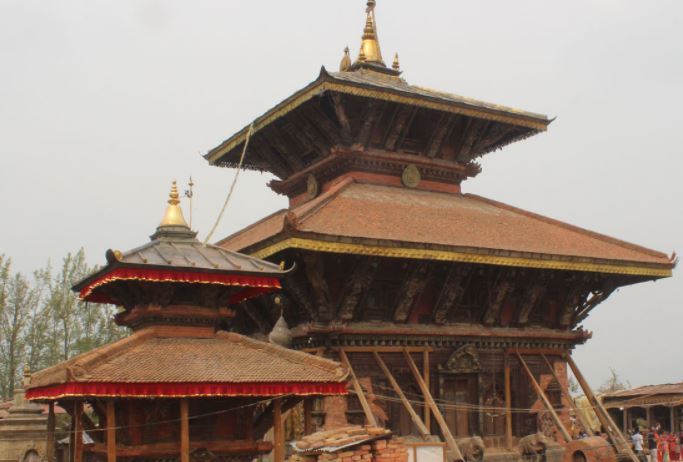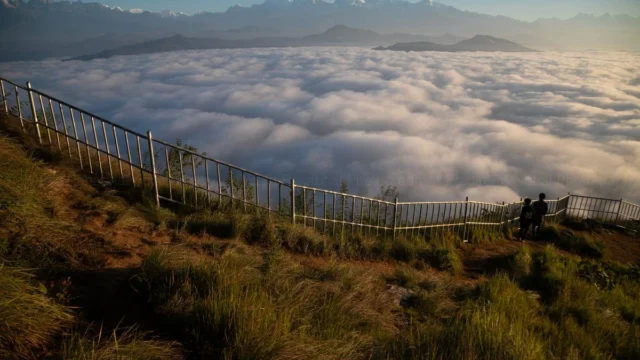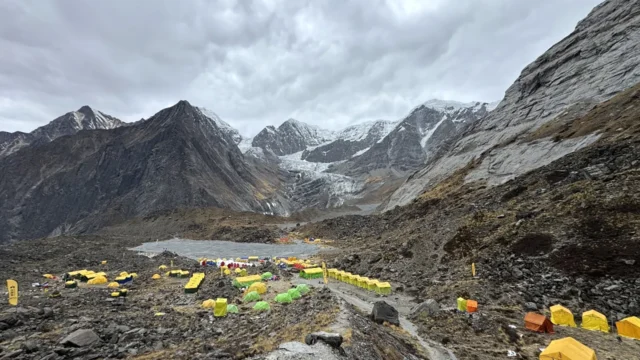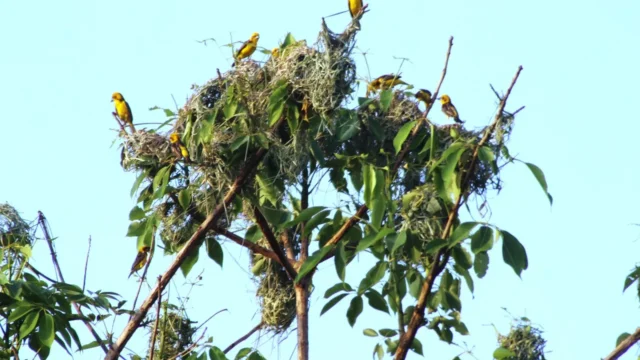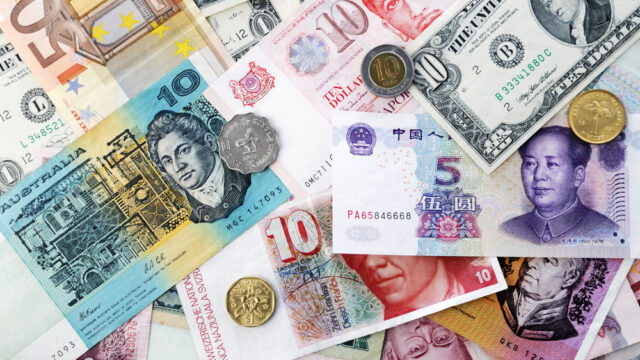The five-day-long Khata Jatra of Changunarayan, Chhinamasta, and Kileshwar Mahadev deities was grandly celebrated today at the historic Changunarayan Temple. According to the temple’s chief priest Chakradharānanda Rajopadhyaya, the festival began five days ago with the Nimto Puja (invitation ritual) and officially started on Trayodashi, culminating on Akshaya Tritiya with the main procession.
On Akshaya Tritiya, the palanquins (khats) of Changunarayan, Kileshwar Mahadev, and Kanti Bhairav were ceremonially placed in the Changunarayan area for public worship. Since early morning, a large crowd of devotees gathered to offer prayers. In the evening, the deities are adorned with fresh garlands and ornaments for the final Khata Jatra procession, after which they are ceremonially returned to their respective shrines.
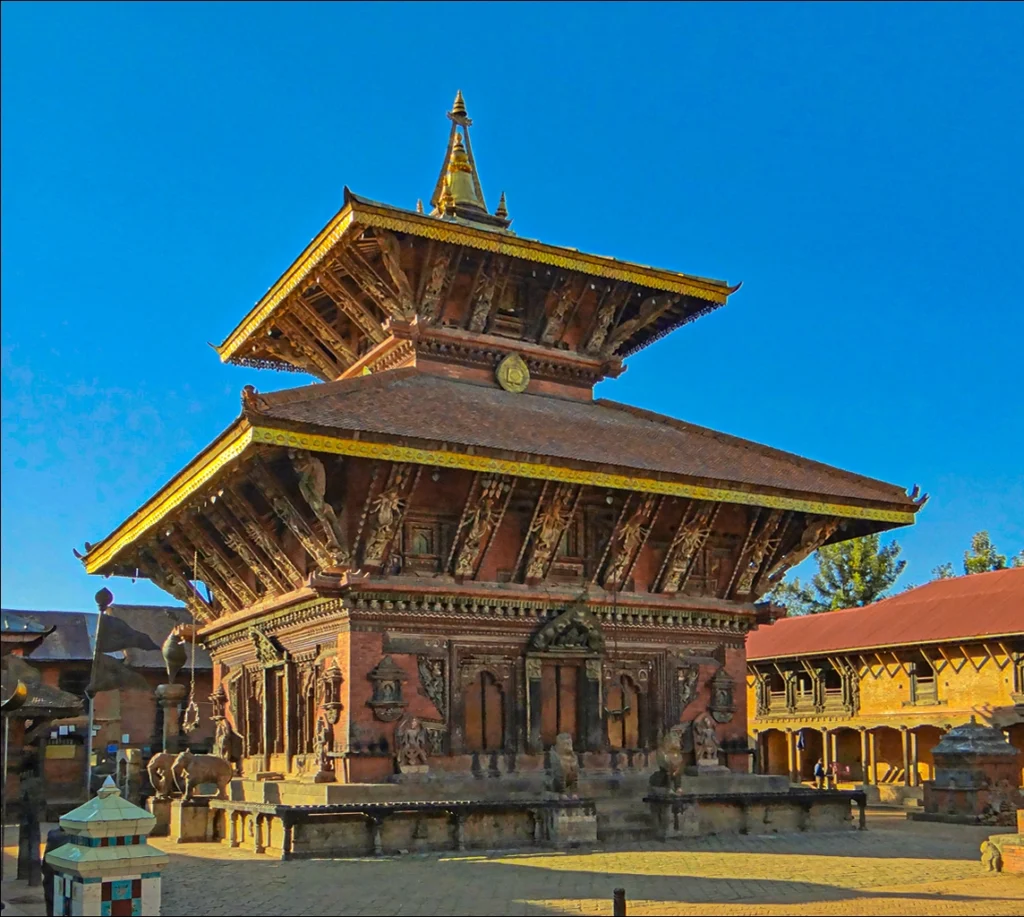
Mayor Jeevan Khatri of Changunarayan Municipality stated that the local government has been supporting the event and has also announced Nagarkot Visit Year 2082 to promote tourism, linking local festivals like this one with cultural tourism. The municipality is also working to raise global awareness about the significance of the Temple, a UNESCO World Heritage Site.
The festival involves several symbolic rituals. On the first day, the Kasai (butcher) community travels with musical instruments from Changunarayan to the Kanti Bhairav temple in Kathmandu’s Danchi area. The next day, rice is cooked and shaped into symbolic forms of Bhairav and Kali, which are then worshipped.
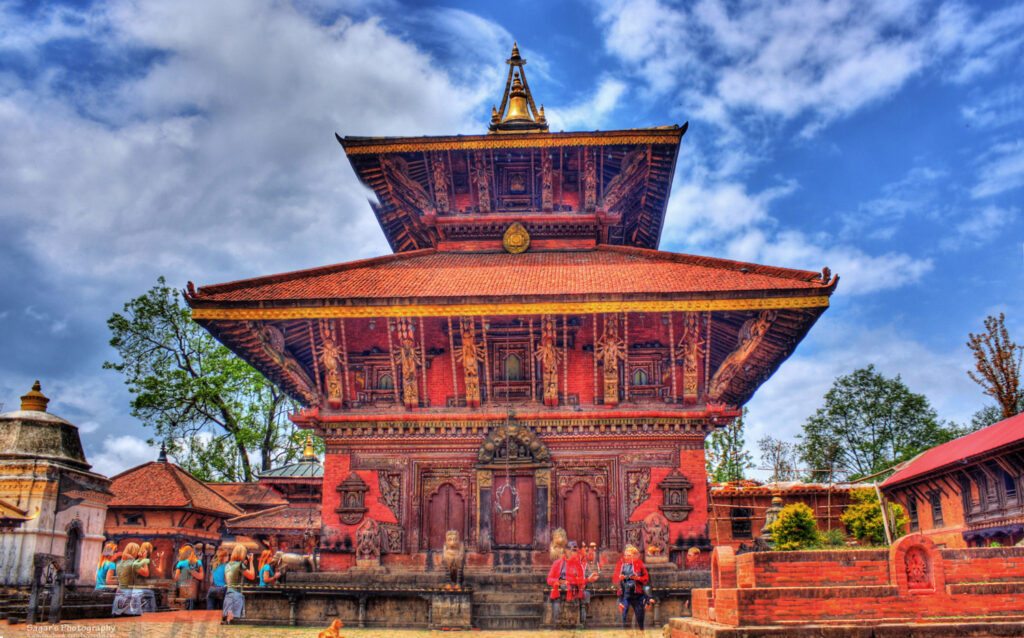
A statue of Bhairav from the Chhinamasta shrine (a goddess depicted without a head) is taken along with rice-shaped deities to Kanti Bhairav for worship a ritual believed to prevent famine. The statue is then returned and placed with Kali and Bhairav for further worship at Changunarayan.
On Trayodashi, the Naike Khalak group leads a grand musical procession through the city with the khats of Changunarayan, Kileshwar Mahadev, and Kanti Bhairav. The palanquins are then taken to Ikutole for public worship.
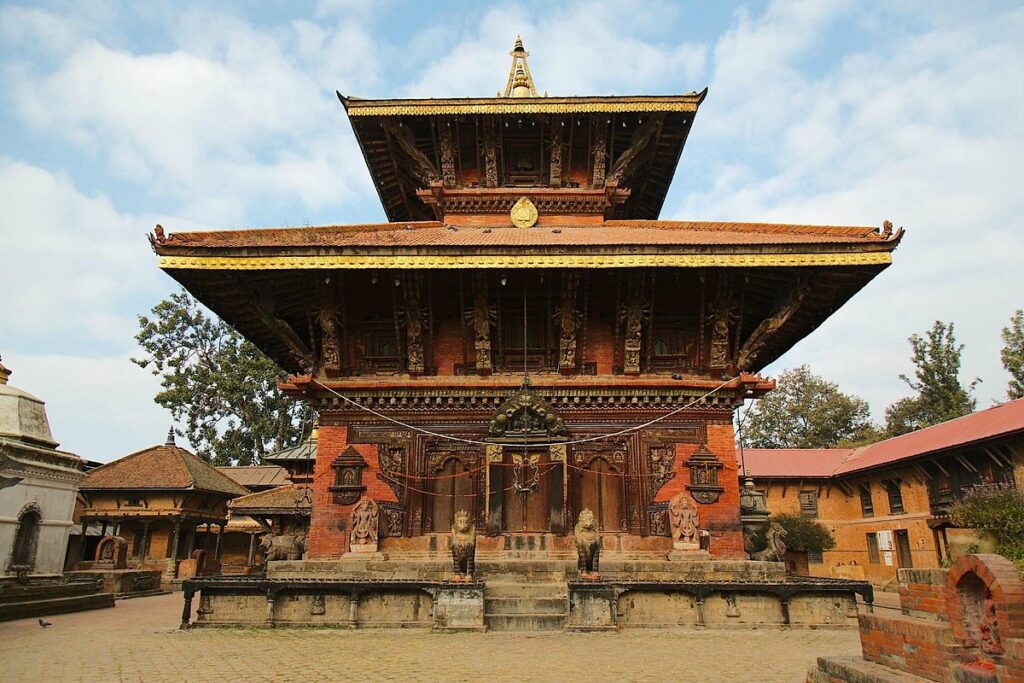
Devotees from different local guthis (religious trusts) carry the khats with traditional instruments like dhime, naykhin, and dafa, placing the deities in Balambu Tol for further worship. Bhairav is offered animal sacrifices, while Changunarayan and Kileshwar Mahadev are offered naivedya (vegetarian offerings).
On the day of Pratipada, a candlelight procession called Mataya is held from Bhattwari, where the deities are decorated with symbolic royal ornaments and taken around the town with music and dance. The nighttime rituals include processions with musical instruments and offerings, a tradition believed to have been initiated by King Yog Narendra Malla of Patan, who is said to have participated with his 32 queens after renouncing worldly life following his son’s death.
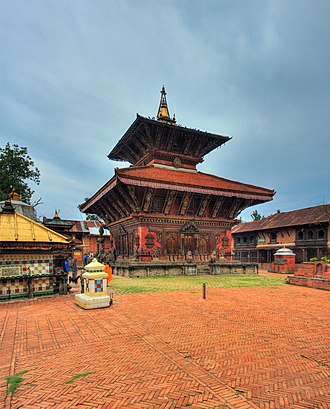
On Dwitiya, Kanti Bhairav is taken in a city-wide procession through Danchi, Brahmakhel, Naya Gaun, Bhadrabas, and Sankhu, where he stays overnight before being returned to Changunarayan the next day. As per legend, the palanquins of Changunarayan and Kileshwar Mahadev must never be placed on the ground during the entire procession.
According to the Swayambhu Mahapurana, this festival has ancient roots. It symbolizes the union of Buddhist and Hindu traditions, with Kileshwar Mahadev representing Samantabhadra Bodhisattva and Kanti Bhairav symbolizing Nairatma Guhyeshwari. Since then, the tradition has continued jointly between the people of Changunarayan and Kathmandu, demonstrating interfaith harmony.
